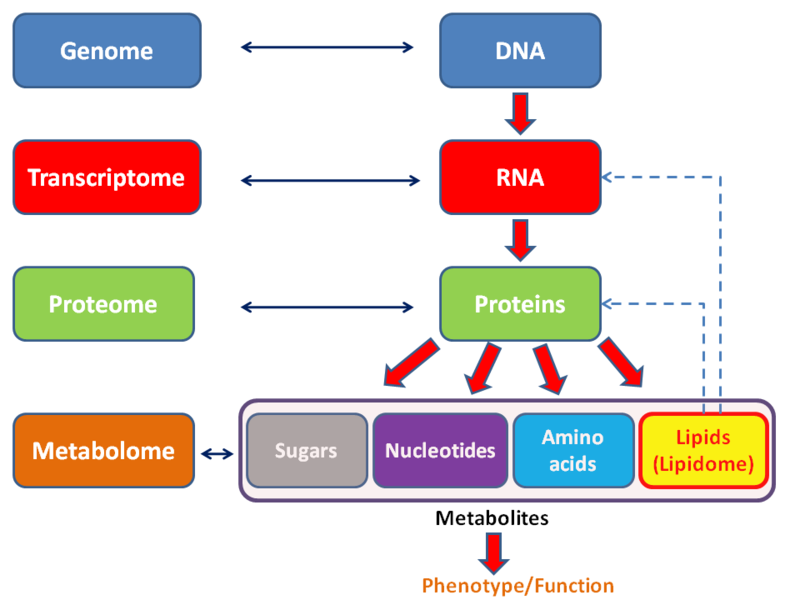It is hard to distinguish between colonies of unicellular organism and multicellular organism as there is a continuum between both depending on how well integrated they cells are.
The first proper galaxy near the Milky Way is the Andromeda Galaxy. Everything else in the middle is a satellite of either of of those.
Is implied by Gauss' law if Maxwell's equations: physics.stackexchange.com/questions/44418/are-the-maxwells-equations-enough-to-derive-the-law-of-coulomb
The "static" part is important: if this law were true for moving charges, we would be able to transmit information instantly at infinite distances. This is basically where the idea of field comes in.
Coulomb's Law experiment with torsion balance with a mirror on the balance to amplify rotations by uclaphysics (2010)
Source. Strictly speaking, only defined for decision problems: cs.stackexchange.com/questions/9664/is-it-necessary-for-np-problems-to-be-decision-problems/128702#128702
Basically means "company with huge server farms, and which usually rents them out like Amazon AWS or Google Cloud Platform
Closed source on offline products used by millions of people is evil, when you could just have those for free with open source software! Thus Ciro's hatred for Microsoft Windows and MacOS (at least userland, maybe).
As "deadlines" approach, feature sets get cut down, then there are delays, and finally a feasible feature set is delivered some time after the deadline.
The only deadlines that can be met are those of tasks which have already been done but not announced.
This is of course Hofstadter's law.
There are unlisted articles, also show them or only show them.

